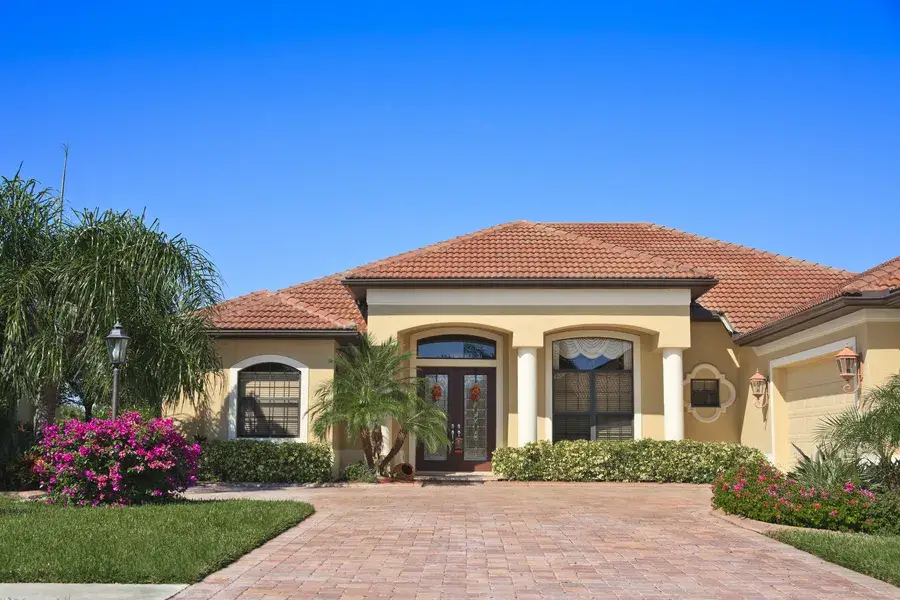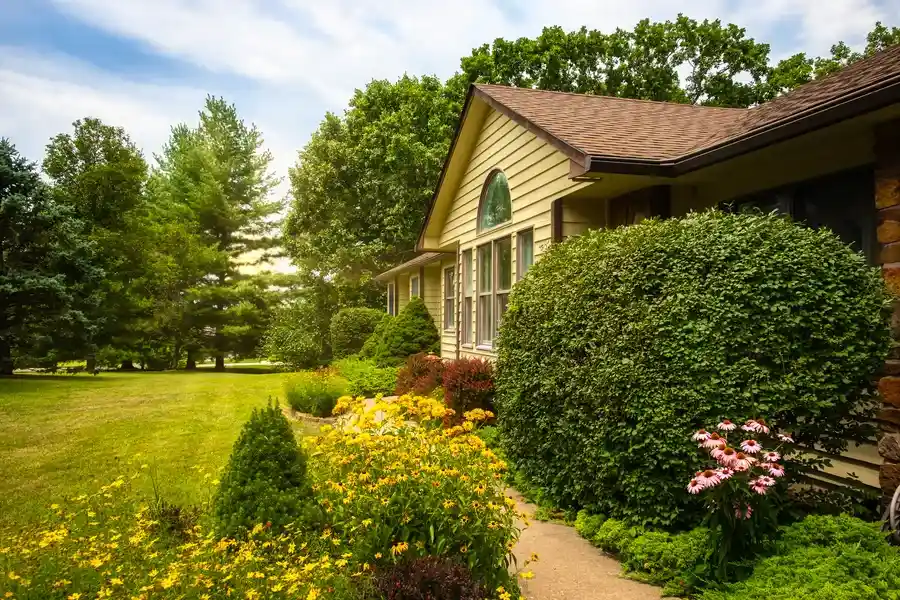How to Select Greenery That Elevates Your Home’s Curb Appeal
Your front yard is often the first impression your home makes on visitors. Choosing the right trees and shrubs can transform this space into a welcoming gateway. Good landscaping not only enhances aesthetic appeal but also increases property value. Finding suitable greenery involves understanding your climate, soil, and desired maintenance level. By focusing on these aspects, you can create an inviting environment that reflects your personal style.

Understanding Your Local Climate
Before selecting plants for your yard, it’s crucial to know your local climate. Different plants thrive in specific conditions, including temperature ranges and humidity levels. By choosing species adapted to your area, you’ll ensure healthier growth and lower maintenance needs. Consider drought-resistant varieties if you live in arid regions or opt for frost-tolerant options in colder climates.
Soil Quality and Its Impact
The soil in your yard plays a vital role in plant health. Conducting a soil test will help determine pH levels and nutrient availability. Some trees and shrubs prefer acidic soils, while others need alkaline conditions. Amending your soil with organic matter or fertilizers can improve its quality, helping your chosen plants flourish.

Elements of Effective Design
A successful landscape design includes layers of different heights and textures to add depth and interest. When planning front yard landscaping, mix tall trees with medium-height shrubs and low ground covers. This variety creates visual appeal and provides habitat for local wildlife. Keep in mind that evergreen plants offer year-round structure, while deciduous types add seasonal color variations.
Considering Maintenance Needs
Think about how much time you’re willing to spend on garden upkeep. If you prefer low-maintenance options, select native plants that require minimal watering or pruning. On the other hand, if gardening is a hobby, opt for species that may need more attention but offer stunning blooms or unique foliage. Understanding your dedication level ensures your landscape remains vibrant without becoming a burden.
Benefits of Mulching and Proper Watering
Mulching around trees and shrubs retains moisture, suppresses weeds, and regulates soil temperature. It also adds nutrients as it decomposes. When watering, aim to give deep soakings less frequently rather than light daily sprinkles. These practices promote robust root systems and reduce water waste.
- Choose mulch materials like bark chips or straw for effectiveness
- Water deeply once or twice a week during dry spells
- Avoid overwatering to prevent root rot
Pest Management Strategies
Maintaining plant health includes managing pests effectively. Introduce beneficial insects such as ladybugs to control aphids naturally. Regular monitoring helps identify issues early before they become widespread problems. Avoid chemical pesticides when possible to protect the ecosystem balance.
Selecting Tree and Shrub Varieties Wisely
Selecting the right tree and shrub varieties involves balancing aesthetics with functionality. Opt for slower-growing trees if space is limited or choose fast-growers for quicker privacy screening. Flowering shrubs add color, while fruit-bearing ones provide food sources for wildlife. Make choices based on long-term goals and environmental benefits.
Final Thoughts on Elevating Your Home’s Landscape
Transforming your front yard into a beautiful green space enhances curb appeal and creates a welcoming atmosphere. Consider all aspects from climate to maintenance when making your selections. For personalized assistance, contact me at (443) 991-2332. Based in Baltimore, MD, I specialize in crafting tailored landscapes that suit your preferences. Explore what Mejia’s Landscaping Services has to offer by reaching out today.